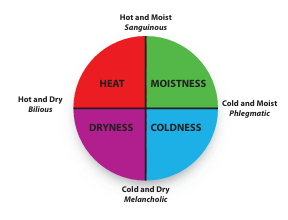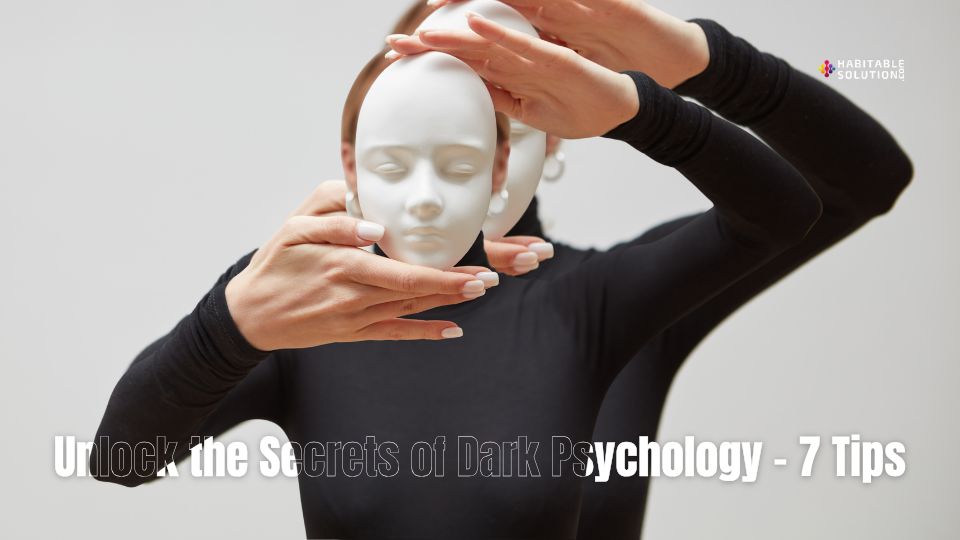Imagine if each of us were like a unique melody, composed of rhythms, pitches, and beats that only we can bring to the world. In Tibb, this individuality is captured in the concept of temperament—the unique blend of quirks, preferences, and responses that make each of us who we are. Maybe you relish the cold, while someone else bundles up at the slightest breeze. Perhaps early mornings energize you, or maybe you’re at your best when the sun’s nearly set. Knowing our temperament isn’t just interesting; it equips us to live in sync with our true nature.

Our temperament is identified by examining the physical, emotional, mental, and even spiritual facets of who we are. From the texture of our skin and the sparkle in our eyes to our cravings for particular foods or our reactions to weather, each detail offers insight into our unique type. This understanding of self is at the core of Tibb philosophy, echoing Hippocrates’ belief that it’s more crucial to understand the person who has an ailment than merely the ailment itself. By identifying our temperamental type, we gain valuable knowledge about our healthcare strengths and vulnerabilities—insights that guide us to anticipate and address risk factors before they turn into issues.
In Unani Tibb, people are broadly grouped into four temperamental types:
- Sanguinous – The lively, social optimist
- Bilious – The fiery, determined achiever
- Melancholic – The reflective, organized perfectionist
- Phlegmatic – The easygoing, calm pacifist
Florence Littauer’s poem captures this beautifully, hinting at what a world would look like if we all shared just one temperament. A purely Sanguinous world would be filled with fun yet lack direction. An all-Bilious world would be led with fervor, yet perhaps frustrated at the lack of harmony. A solely Melancholic world would be structured but might lack joy, and a Phlegmatic-only world would be serene but possibly uninspired. Each temperament contributes uniquely to a balanced, harmonious whole, like instruments in an orchestra. Sanguines add vibrancy, Biliaries bring drive, Melancholics ensure precision, and Phlegmatics maintain peace. While one temperament may dominate in us, we each possess a bit of the others, enriching our personalities and adaptability.
Tibb ties these temperaments to elemental qualities. This ancient concept connects each type to a combination of the four fundamental qualities—heat, cold, moisture, and dryness—originating from Greek philosophy. For instance, the Bilious temperament is “hot and dry,” aligning with fire’s warmth and vigor. The Phlegmatic type, by contrast, is “cold and moist,” embodying water’s calm and tranquility. Understanding these qualities reveals our natural inclinations and helps us find balance by living in harmony with our elemental nature.
In recognizing our temperament, we don’t just embrace who we are; we tune into the harmonious rhythms that make up the melody of humanity itself.
Tibb and the Power of Humours
The vitality and balance of our temperament lie in the humours, a dynamic mix of body fluids crafted by our digestion process, primarily within the liver. Just as each temperament has its own unique qualities, our bodies are host to four humours, each aligning with these temperaments to create a distinctive ratio that reflects who we are. For instance, someone with a sanguinous temperament will naturally have a bit more of the sanguine humour, just as a melancholic type has a little extra of the melancholic humour. These humours mirror the temperamental qualities:

- Sanguine – Hot & Moist
- Phlegmatic – Cold & Moist
- Melancholic – Cold & Dry
- Bilious – Hot & Dry
Our health thrives when the humours are in harmony with our unique temperamental qualities. But life’s changes, especially those we encounter daily, affect this balance. Known in Tibb as the Lifestyle Factors, these influences—food, movement, emotions, and more—shape how we interact with the world and keep our humours in check.
Tibb and Lifestyle Factors: Tuning into Wellness
In Tibb, lifestyle isn’t just a way of living; it’s the root of wellness or disease. Six central lifestyle factors, called the Tibb Lifestyle Factors, define how our environment shapes us:
- Food and drink – The heat or coldness of foods, like the warmth of ginger or the cooling effect of mint.
- Air and breathing – The climate and how we breathe influence our body’s qualities.
- Movement and rest – Physical activity generates heat, while relaxation restores balance.
- Sleep and wakefulness – Sleep cools the body, providing restoration, while waking hours have an activating effect.
- Emotions and feelings – Emotions like anger can heat the body, whereas calmness cools it.
- Elimination – Our body’s way of expelling toxins regularly to maintain balance.
Each of these factors interacts with our humours, shaping the qualities within our body. For instance, heat-inducing foods, seasonal changes, or even our emotional state all impact the balance of our humours. Beyond these, other factors like age, gender, occupation, exposure to toxins, and personal habits (such as smoking) also play a part in our wellness.
Lifestyle in Sync with Temperament
Each person’s temperament has a dominant quality, and managing lifestyle factors ensures this quality doesn’t become excessive. For example, someone with a dominant sanguinous temperament and a phlegmatic sub-dominance will have a natural “moist” inclination. For such an individual, it’s wise to limit lifestyle choices that increase moistness, such as avoiding humid environments or overly moist foods, to maintain a balanced state.
Conversely, they’re least affected by dryness, so activities or foods associated with this quality will have minimal impact. Thus, knowing one’s temperament allows for personalized choices that support wellbeing, making it easier to find balance and thrive in harmony with the body’s unique rhythm.
The Interplay of Physis, Temperament, Humours, and Lifestyle in Tibb
In Tibb, the body is in a constant state of dynamic balance, maintained by the interaction of our fixed temperament, our adaptable humours, and the lifestyle choices we make daily. Although temperament remains constant, our humours and lifestyle factors continuously fluctuate, responding to our diet, sleep, activity levels, and stress. This ever-shifting balance is managed by our Physis—the body’s innate wisdom—which works tirelessly to keep us in harmony and homeostasis.

The Tibb Perspective on Illness: Cause and Effect
Hippocrates laid the foundation of Tibb by recognizing that health and disease follow a cause-and-effect pathway. Health declines as various causes—often lifestyle factors—create imbalances, and understanding this process helps us reverse it. In Tibb, every illness has one or more identifiable causes, most frequently linked to the mismanagement of lifestyle factors.
Modern medicine often overlooks these causes, focusing instead on symptoms, but Tibb insists on finding the roots of illness. Once identified, remedies can then address these specific causes, providing relief or even a cure, depending on factors like age, health, and the strength of Physis. In this way, Tibb believes that every illness has the potential for cure, provided we understand its cause and support the body in its efforts to heal.
Temperament: A Key to Predisposition
Everything in Tibb has a dominant quality, and every illness possesses qualities too. For instance, the flu is seen as cold and moist. Our unique temperament also has a dominant quality, which influences the types of ailments we’re predisposed to. For example, someone with a dominant sanguinous temperament may have a moist disposition, making them more vulnerable to conditions like type 2 diabetes, considered moist and hot in Tibb. Likewise, a melancholic type, with cold and dry qualities, may be more susceptible to conditions like osteoarthritis.
While temperament does shape our vulnerabilities, lifestyle choices and environmental factors can alter this predisposition. Stress, diet, and other life changes can shift our balance, making us susceptible to ailments not typically aligned with our dominant temperament.
The Reversible Nature of Illness
Tibb holds that many ailments, especially those arising in early to mid-life, can be reversed. Lifestyle diseases—now prevalent in the modern era—are particularly responsive to lifestyle adjustments and holistic treatments. As we age, however, restoring balance requires more deliberate support of Physis, our “inner doctor.” By the age of forty, assisting Physis with healthier lifestyle habits becomes crucial to maintaining well-being, especially in managing chronic conditions. Healing in Tibb depends on our proactive participation, alongside appropriate, side-effect-free treatments.
Lifestyle Factors: The Hidden Causes of Disease
Poorly managed lifestyle factors, especially diet, can disrupt the balance required by our temperament. For instance, a person with a bilious temperament (hot and dry) who consumes excessive hot foods, alcohol, or experiences constant stress, may risk conditions like peptic ulcers. By consistently overloading the body with hot and dry factors, they increase the chances of developing illnesses with similar qualities.
Understanding Tibb principles is essential for diagnosing and treating illnesses in alignment with our unique selves. When we view health through the lens of temperament, humours, and lifestyle factors, we empower ourselves to create a balanced life, where wellness is not just a goal but a natural state.






